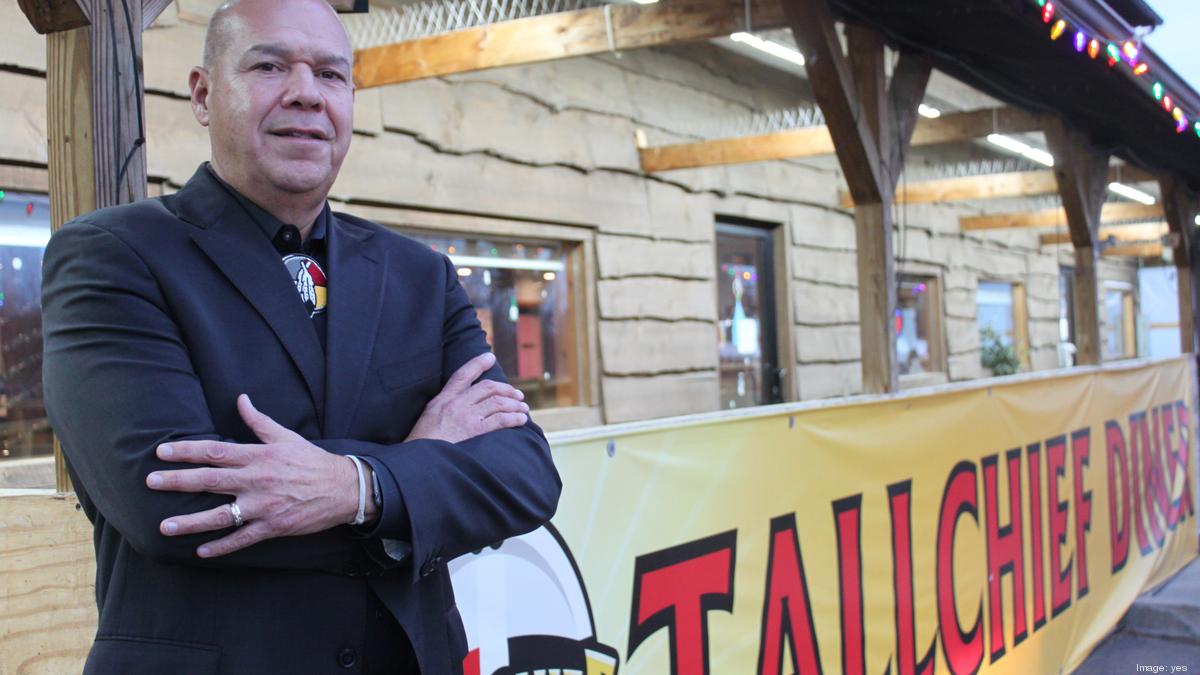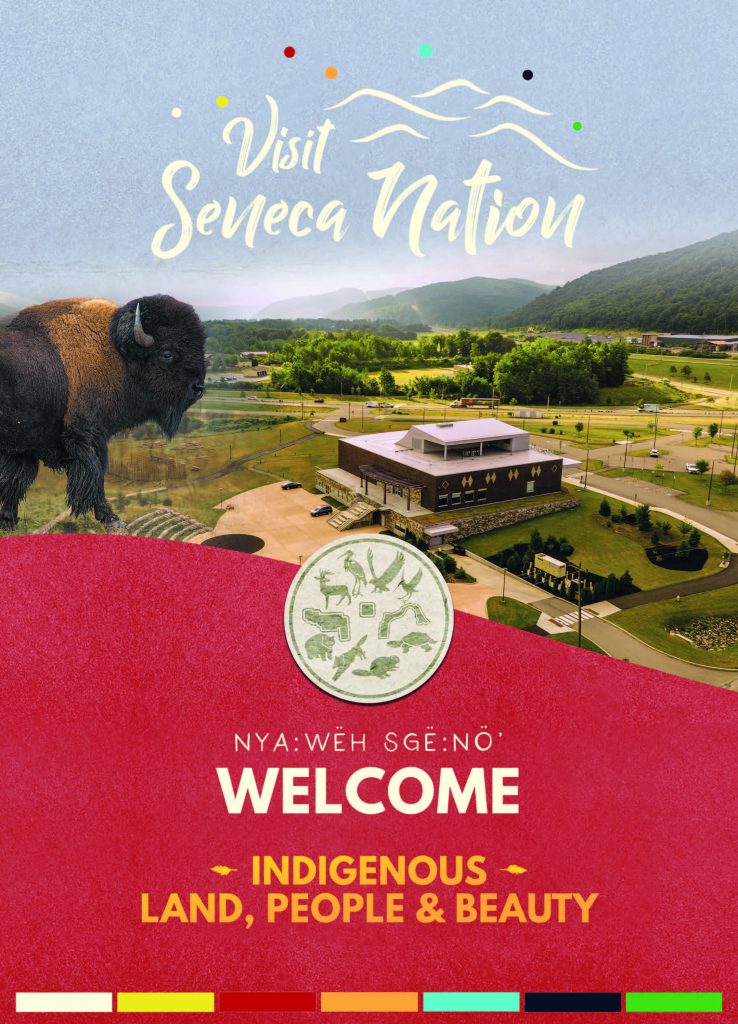
Sovereignty, Slots, and Self-Determination: The Evolving Economy of the Seneca Nation
By [Your Name/Journalist Alias]
Beyond the dazzling lights of their multi-billion-dollar casinos, beyond the steady hum of traffic at their tax-exempt gas stations and tobacco shops, lies an economic story far richer and more complex than meets the eye. The Seneca Nation of Indians, one of the original six nations of the Haudenosaunee (Iroquois) Confederacy, has forged a formidable economic empire, not merely as a business venture, but as a profound exercise in sovereignty and self-determination, rising from centuries of dispossession and hardship.

From their ancestral lands in Western New York, encompassing territories from the Niagara Falls region to the Southern Tier, the Seneca Nation has strategically leveraged its inherent tribal sovereignty to build an economic model that funds essential government services, creates jobs, and preserves a vibrant culture. This journey, however, has been anything but smooth, marked by intense legal battles, political negotiations, and the constant balancing act of tradition and modernity.
A Foundation Forged in Treaty and Resilience
To understand the Seneca Nation’s current economic landscape, one must first appreciate its historical roots. For centuries, the Seneca, known as "Keepers of the Western Door," were a powerful and prosperous agricultural society. But the arrival of European settlers brought disease, war, and ultimately, the systematic erosion of their land base and traditional way of life. The Treaty of Canandaigua in 1794, signed with the United States, affirmed their land rights and sovereignty, but subsequent treaties and land grabs severely diminished their territory.
For generations, the Seneca people faced immense economic hardship. Their communities struggled with poverty, lack of infrastructure, and limited opportunities, largely due to the forced assimilation policies and the economic marginalization imposed by surrounding state and federal governments. This difficult past instilled a deep understanding of the necessity for economic independence.
"Our ancestors endured unimaginable challenges," says a tribal elder often quoted in Seneca community discussions, "but they never surrendered our spirit, our identity, or our right to self-govern. Our economy today is a direct extension of that enduring spirit."
The Dawn of a New Era: Gaming as a Catalyst
The true turning point for the Seneca Nation’s modern economy arrived with the passage of the Indian Gaming Regulatory Act (IGRA) in 1988. This landmark federal legislation recognized the right of Native American tribes to operate gaming facilities on their sovereign lands, provided they negotiated compacts with their respective states. For the Seneca, this was not merely an opportunity for revenue; it was a pathway to reclaim economic agency.
After years of planning and negotiation, the Seneca Nation signed a Class III gaming compact with New York State in 2002. This agreement paved the way for the establishment of the Seneca Gaming Corporation, which would oversee the development and operation of their casinos. The impact was immediate and transformative.

The first and most iconic venture was the Seneca Niagara Resort & Casino in Niagara Falls, which opened in 2002. Built on land reacquired by the Nation, its prime location near a global tourist attraction ensured rapid success. Following quickly were the Seneca Allegany Resort & Casino in Salamanca (2004) and the Seneca Buffalo Creek Casino in downtown Buffalo (2007).
These three properties quickly became economic powerhouses, generating billions in revenue and creating thousands of jobs, not only for Seneca citizens but for the surrounding non-Native communities as well. The Seneca Gaming Corporation is now one of Western New York’s largest employers, a testament to the scale of their economic impact.
"When we opened Seneca Niagara, it wasn’t just about gambling," stated a former tribal councilor in a public address. "It was about building a future, creating opportunities where there were none, and showing the world the resilience and capability of the Seneca people."
Beyond the Slots: Diversification and Traditional Commerce
While gaming undoubtedly serves as the primary engine of the Seneca Nation’s economy, it is far from their only venture. The Nation has long relied on other forms of commerce, particularly those leveraging their unique sovereign status.
Tax-exempt sales of tobacco and gasoline on tribal lands have been a significant revenue source for decades, predating the casino era. These businesses, often small, family-run enterprises alongside Nation-owned retail outlets, provide essential services to both tribal members and the general public, drawing customers seeking competitive prices. This aspect of their economy, while sometimes controversial with state tax authorities, is a direct assertion of their sovereignty, asserting that New York State lacks the authority to tax transactions on Seneca territory.
Furthermore, the Nation has diversified within the hospitality sector, with their casinos featuring hotels, spas, restaurants, and entertainment venues that draw visitors for reasons beyond gaming. They also operate convenience stores, smoke shops, and other retail establishments. There’s a growing interest in exploring ventures in renewable energy, technology, and cultural tourism, aiming to build a more robust and resilient economic future less dependent solely on gaming.
The Sovereignty Stakes: Disputes and Negotiations
The Seneca Nation’s economic success has not come without its share of challenges, particularly regarding its relationship with New York State. A recurring flashpoint has been the revenue-sharing agreement stipulated in the 2002 compact. Under the original terms, the Seneca Nation agreed to share 25% of its slot machine revenue exclusively with New York State, with the understanding that the state would ensure market exclusivity for Seneca casinos in their designated territories.
This compact, initially seen as a win-win, has been the subject of several high-stakes legal and political battles. Most recently, the Nation withheld payments for several years, arguing that New York State had violated the terms of the compact by allowing other forms of gaming (like video lottery terminals and non-tribal casinos) within their exclusivity zone. The dispute escalated, involving arbitration and court battles, with billions of dollars in question.
In 2022, a resolution was reached, with the Seneca Nation agreeing to resume payments and settle past dues, reportedly around $564 million, with a significant portion directed to the host municipalities of Niagara Falls, Salamanca, and Buffalo. This agreement underscores the intricate balance of power and the constant need for negotiation between a sovereign nation and the surrounding state.
"This isn’t just about money; it’s about our inherent right to self-governance and the sanctity of our agreements," a Seneca Nation spokesperson emphasized during the height of the dispute. "Every compact is a government-to-government agreement, and its terms must be honored by both sides."
Reinvestment: Fueling the Community and Culture
Crucially, the vast majority of the revenue generated by the Seneca Nation’s economic enterprises is reinvested directly into the community. Unlike private corporations that distribute profits to shareholders, tribal economies are designed to benefit the collective.
These funds support a comprehensive array of government services that parallel those provided by state and local governments. This includes:
- Healthcare: Operating tribal health clinics and providing access to medical services.
- Education: Funding schools, scholarships for higher education, and cultural preservation programs.
- Housing: Developing and maintaining affordable housing for tribal members.
- Infrastructure: Investing in roads, utilities, and community facilities.
- Social Services: Programs for elders, youth, and families, addressing issues like substance abuse and mental health.
- Cultural Preservation: Supporting language revitalization, traditional arts, ceremonies, and historical preservation efforts.
This direct reinvestment model represents a powerful antidote to historical poverty and a clear demonstration of self-determination. It ensures that the economic success translates into tangible improvements in the quality of life for Seneca citizens, fostering a healthier, more educated, and culturally vibrant community.
Looking Forward: Resilience and Adaptation
The Seneca Nation’s economic journey is far from over. Like any complex economy, it faces challenges: the need for continued diversification, adapting to evolving market demands, and navigating the ever-present political landscape with New York State and the federal government. The COVID-19 pandemic, which forced temporary casino closures, highlighted the vulnerability of an economy heavily reliant on a single sector and spurred renewed calls for broader economic strategies.
Yet, the story of the Seneca Nation’s economy is ultimately one of remarkable resilience and strategic vision. From a history of economic marginalization, they have built a powerful engine that not only sustains their people but also contributes significantly to the regional economy of Western New York. It stands as a compelling testament to the power of tribal sovereignty, demonstrating how Indigenous nations, when empowered to govern themselves and control their resources, can achieve extraordinary economic and social progress, ensuring a prosperous future while honoring their rich past.
As the Seneca Nation continues to chart its economic course, it remains guided by the principles of self-determination and the enduring spirit of the Haudenosaunee, proving that true wealth is not just measured in dollars, but in the strength of a sovereign people building their own destiny.


